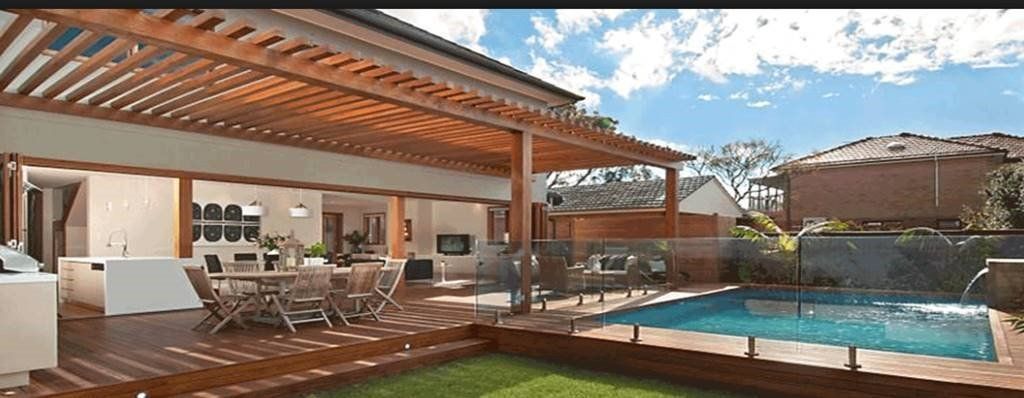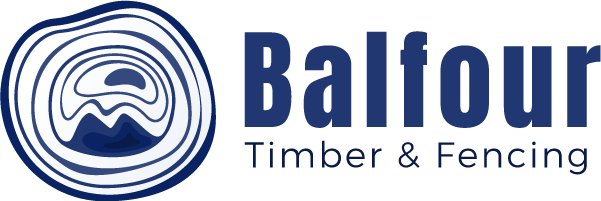Treated Pine for Above-Ground and In-Ground Applications
Treated Pine for a Longer Lasting Timber with Deliveries Across Melbourne Victoria

- Retaining walls
- Pergolas
- Timber decking sub frames
- Gates and fences.
Terms and Notes
- APVMA - Australian Pesticides and Veterinary Medicines Authority
- CCA - Copper, chrome and arsenic
- ACQ – Alkaline copper quaternary
- CuAz – Copper azole
- LOSP - Light Organic Solvent Preservative
Timber in Australia is treated to six levels called Hazard (H) Classes. These treatment levels indicate where the treated product may be used.
Hazard Classes
H1
H1.2**
H2
H2F
H2S
H3
H3A##
H3.1**
H3.2**
H4
H5
H6
FAQs
- QUESTION: CAN YOU BURN TREATED PINE?
Answer: The treated timber industry advises the same precautions for burning all treated timber products. that is they should not be burned and they should be disposed of in landfill. The exception to this rule is for industrial processes and registered commercial incinerators.
- QUESTION: DOES THE ARSENIC AND OR CHROMIUM LEACH OUT OF CCA TREATED WOOD INTO SOIL?
Answer: The chemistry of CCA wood preservatives results in the copper and chromium and arsenic being chemically attached (or fixed) inside the wood so that it remains in the timber. Nevertheless, highly sensitive chemical analysis may detect small amounts of these chemicals in soil next to CCA-treated wood or wiped from its surface. In most cases however, these small levels are well below the concentrations found naturally present in the environment.
- QUESTION: HOW CAN I TELL IF THE WOOD HAS BEEN PROPERLY TREATED TO AUSTRALIAN STANDARDS?
Answer. Firstly, you should only purchase treated timber products that are labelled, as mentioned in Q9. The only way to tell if wood meets the specifications in the Australian or any other standard is by chemical indicators for the presence of treatment chemicals and chemical analysis. These tests should be performed by trained operators and registered laboratories. You should also look for the brand.
- QUESTION: IS TREATED TIMBER WEATHER PROOF?
Answer. Strictly speaking no timber is weather-proof and the colour will grey and the timber may “check” or crack over time as it gives off and absorbs moisture. All timber absorbs and gives off water depending on local conditions. In Australia, preservative treated wood means wood that is protected against insects, and/or termites and/or decay or rot and/or marine borers. You need to apply a surface coat to protect wood against weathering.
- QUESTION: ARE THE CHEMICALS AND PROCESS USED TO TREAT TIMBERS SAFE?
Answer. All timber preservatives are registered by the APVMA, which considers the effectiveness of the preservative and its safety in the anticipated uses. A registration is only granted when the preservative satisfies these two criteria.
- QUESTION: CAN TREATED TIMBER BE USED IN CONTACT WITH VEGETABLE GARDENS?
Answer: Studies have shown that preservatives such as CCA and creosote are not absorbed into food crops like grapes, tomatoes and cucumbers. Some root crops like carrots and beetroots have been reported to pick up small amounts of arsenic from CCA, but it is in an organic non-toxic form and in any case is largely removed by peeling the vegetable.
- QUESTION: CAN ALL TREATED TIMBER BE USED OUTDOORS?
Answer: No - Some timber is treated for use indoors only e.g. H1 & H2 exposure. These applications are where the hazard is from insects and termites and the timber does not get wet. Coloured H2 and H2F house framing and engineered timber products which are treated for termite and insect attack are NOT suitable for weather exposure of any kind.
- QUESTION: HOW LONG DOES THE TREATMENT STAY EFFECTIVE IN THE TIMBER?
Answer: It is impossible to give a definite answer to this question. Research has shown that all of today’s preservatives give long effective lives in use and it all depends on where and how the treated timber product is used. Timber treated to H3 for example will last a lot longer in Hotter dryer climates compared to tropical wet areas. Whilst such things are under review all the time, timber treated to AS/NZS1604 specifications will satisfy the performance (expected life) requirements listed in the Building Code of Australia.
- QUESTION: HOW DO YOU SAFELY HANDLE CCA-TREATED TIMBER?
Answer: You use exactly the same precautions for handling CCA-treated timber as you would for handling untreated timber. Sensible, normal practices and hygiene should apply, e.g. minimize exposure to sawdust particles and splinters by using suitable masks and gloves and washing hands before eating.
- QUESTION: DO I NEED TO OIL OR COAT TREATED TIMBER?
Answer: Preservative treatment only protects the wood against attack by insects, termites and decay or rot, see Q9. To keep the wood looking good, it should be coated with a paint, or stain or water repellent. Uncoated wood will still resist attack by insects or rot, but it will weather to a grey surface with time.
- QUESTION: CAN I INSTALL H4 TREATED VERANDA POSTS DIRECTLY INTO THE GROUND?
Answer: H4 treated posts can be installed straight into the ground, but this is not best practice. For example, use a water barrier like a malthoid or polyethylene wrap around the post before back-filing, and especially if you are setting the post in concrete/cement. Also if the deck is over a meter off the ground, the TPAA recommendation is to use either H5 treated material with a water barrier wrap or install the post on stirrups out of ground contact. If the post is cut, ensure it is resealed before installing in the ground where the use of concrete is recommended.
- QUESTION: WHY IS SOME TREATED TIMBER YOU BUY NOT GREEN? IS IT STILL SUITABLE FOR OUTSIDE USE?
Answer: The colour of treated timber depends on the preservative used for treatment or whether a dye/pigment/stain has been added to the treatment solution. Usually the green colour is imparted by the copper in a preservative, e.g. CCA, ACQ, CuAz. Colour is not a good indicator of treatment quality.
The Hazard part of the treatment brand (Q8) is the only indicator of where the treated product can be used. You should not buy unbranded treated timber as the producer may not be prepared to stand behind his product and you cannot rely on the level of treatment.
Treated wood with a H3 brand may be used outside above ground, and H4 or H5 branded timber can be used in ground contact (see the Hazard Class table above)
- QUESTION: WHAT NAILS, SCREWS AND FIXINGS SHOULD BE USED WITH TREATED PINE?
Answer: TPAA recommends at least the use of hot-dipped galvanised coatings for nails, screws and fixings for all outdoor applications. In more extreme conditions or near the coast, stainless steel fixings and connectors should be used. Some manufacturers produce connectors with special coatings and the manufacturers recommendations should be followed for their use. It is also important to design the connections to drain and shed water and to reseal any cut ends
- QUESTION: MY DECK HAS GONE GREY AND CRACKED, HOW DO I FIX THIS?
Answer: Greying and cracking of timber will occur when wood is exposed to the weather. There are some formulations claiming to repair the wood but their effectiveness is minimal and treatment needs to be repeated. The best thing to do is to fill and sand any cracks and paint the wood with a light coloured paint.
- QUESTION: CAN I FIX HARDWOOD DECKING OVER TREATED PINE BEARERS AND JOISTS?
Answer: Yes - Consult nail manufacturers advice; generally treated pine bearers have good holding power but require longer nails than hardwoods for fixing.
Melbourne Does Have Some Restrictions
- Children's play equipment
- External seating
- Garden furniture
- Picnic tables
- Domestic timber decking boards
- Handrails.
Start Your Project Today
Get Supplies
Site Map
Contact
Address
Business Hours
- Mon - Fri
- -
- Saturday
- -
- Sunday
- Closed
